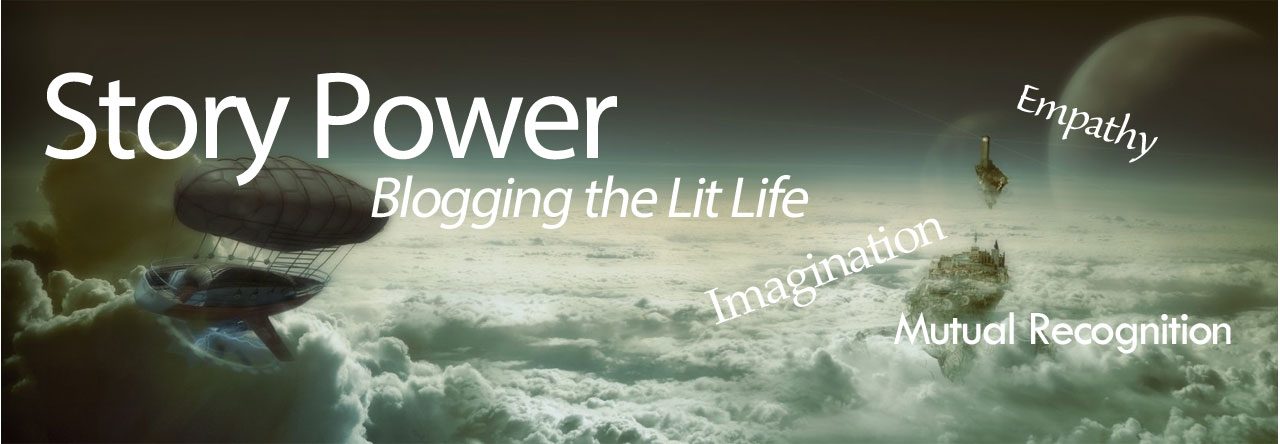There is no doubt that Ran strongly resembles that of William Shakespeare’s King Lear. Both tales of betrayal involve rulers who relinquish their thrones and pass their power and land down to their offspring, causing two of the children to turn against them, while the third supports them in their old age. Whereas Ran’s Hidetora has three sons, King Lear has three daughters: Goneril, Regan, and Cordelia. Hidetora’s jealous sons are also more ruthless than Lear’s opposing daughters. Not surprisingly given their status, both Ran and Lear suffer from a good old-fashioned case of overzealous pride, and both banish anyone that disagrees with them. And of course, in typical Shakespearian fashion, both tales end with the death of the entire family.
The director of Ran, Akira Kurosawa, seems to portray King Lear in a form of Japanese drama intertwined with history. Although the film became heavily inspired by Shakespeare’s play, Kurosawa began using it only after he had started preparations for Ran, and from the portions that I watched, it is interesting to analyze the similarities and differences between the two.
To me, the most obvious difference between Ran and King Lear lies in the dialogue. Ran has almost none, while Lear is an example of poetic and dramatic use of the English language. While viewing the scene where Hidetora’s two sons physically attack him with the full force of their armies, it is clear that Ran’s plot development and artistically directed scenes help create a much more powerful film. This film also seems to be a lot more direct. Rather than the verbose speeches and poetry of King Lear, there is subtlety and interpretation rejected for battle scenes and unambiguous dialogue.
I think it would be very interesting to watch the full movie of Ran, but it is 2 hours and 42 minutes, which is just a little too long for me.

I agree that Ran and King Lear are very similar, and I would like to watch the full movie of Ran. I also noticed the drastic difference in language and dialogue between the two.
LikeLike